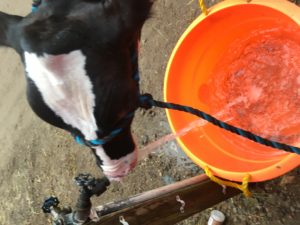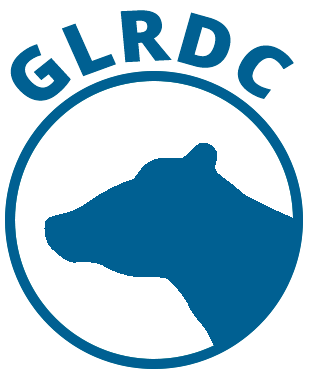 Growing up I couldn’t wait until the week of fair. I had been working with my fair calf since January and I was ready to take him to fair. I couldn’t wait to cheer on my friends with their animals, inhale fair food between showing classes, ride the roller coasters, play fair games, look at all the venders merchandise, and assess all the crafts the other 4-H and FFA members made.
Growing up I couldn’t wait until the week of fair. I had been working with my fair calf since January and I was ready to take him to fair. I couldn’t wait to cheer on my friends with their animals, inhale fair food between showing classes, ride the roller coasters, play fair games, look at all the venders merchandise, and assess all the crafts the other 4-H and FFA members made.
While I am looking forward to all the fun, I also know that with the hundreds of people flooding the grounds for the fair and the animals traveling from all over the county being placed under the same roof, safety becomes of the utmost importance. As such, I would like to share some simple tips for staying safe at the county fair this summer while interacting with all the livestock exhibits.

First, ask before touching. The exhibitors know their animal best. I have had animals that everyone could pet, and they wouldn’t care. I also had animals that didn’t adjust well to being at the fair and I didn’t want to make the animal feel unsafe or in danger. FFA members and 4-H kids have been working with their livestock for as little as a month to as long as several years. We know when they are having a bad day and when they feel good. We don’t want our animals to feel threatened or endangered. It is safest for the animal, the handler, other animals and yourself if you ask before touching.

Never approach the rear of an animal. Livestock animals have eyes in the side of their heads with 180° degrees of vision. They can’t see you when you approach from behind. Something as little as brushing up against them can spook them. When spooked they could be injured, injury a bystander, harm their handler or hurt another animal. For the safety of the animal, handler, bystanders including yourself and other animals please don’t approach an animal from behind.

Please do not feed the animals. What can seem like a harmless prank or inquisitive observation can be deadly for an animal. They have special feed that delivers 100 percent of their daily needs. Animals have different types of digestive systems and cannot process food like humans. If a station at the fair is offering an option to purchase feed to feed an animal, it is ok to feed that specific feed to the animal as it is designed with the animal in mind. For the health of the animals, please don’t share your food with them.
Please do not release an animal. The pens they are in are designed according to livestock standards and laws and help the animal feel safe and protected. If you are concerned the animal is not able to get enough exercise please know that before the fair opens 4-H and FFA members walk and care for their animals. Most larger livestock species are untied and walked at least once every two hours for exercise and a drink of water. A loose animal can seriously injure or kill an innocent bystander, injure themselves, or hurt another animal. Although they are trained, animals that are scared resort to their fight or flight instinct. For the safety of all fair goers and animals, please don’t release an animal.
Remember to wash your hands after touching animals. Animals at the fair are required to be vaccinated for specific diseases before being brought to the fair, however just like humans, diseases and illness can still occur. Sometimes a disease is zoonotic and can spread from one species to another. Even if an animal is vaccinated against a zoonotic disease, the animal can still be a carrier of that disease. Touching an animal that is carrying a zoonotic disease can result in you or an immunocompromised (young kids and the elderly) family member to contract the disease. For the health and safety of other animals and people, please wash your hands after touching an animal.
To protect the health and wellness of the animals, yourself, the 4-H and FFA members caring for the animals and other people at the fair, please keep in mind these safety tips while attending the county fair. I hope you have a great and safe fair experience!
-Elyze Zimmerlee
